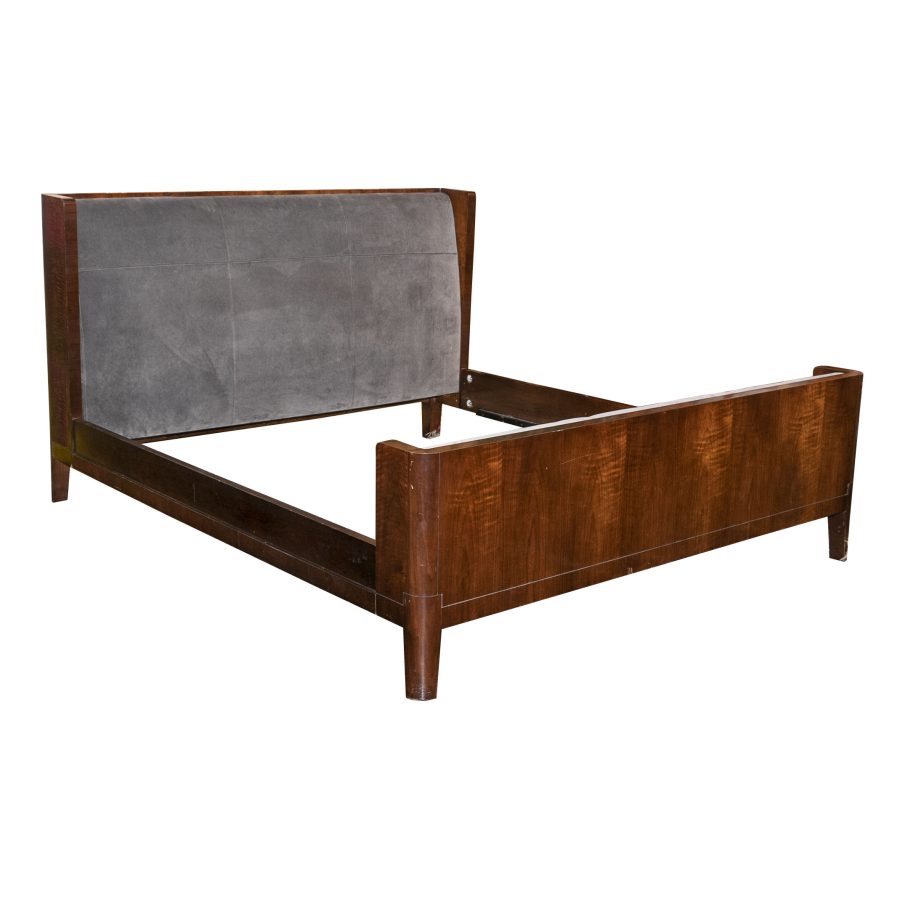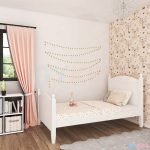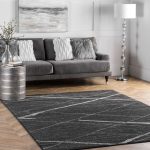Introduction
In 2024 the realm of space-conscious design and compact living solutions, the Pullman bed stands as a testament to ingenuity and versatility. This unique sleeping arrangement, named after the luxurious Pullman railway cars of the late 19th century, has evolved into a modern-day marvel that efficiently maximizes living spaces without compromising comfort. In this article, we delve into the origins, design, advantages, and various applications of Pullman beds, uncovering why they are a favorite among urban dwellers and designers alike.
Origins: A Legacy of Luxury and Efficiency
The concept of the Pullman bed originated in the opulent railway carriages designed by American industrialist George Pullman. These cars, known for their exquisite accommodations and innovative use of space, featured upper berths that could be folded away during the day, transforming the carriage into a spacious lounge. This design not only maximized passenger capacity but also ensured travelers enjoyed a first-class experience, regardless of whether they slept above or below. Today, the term “Pullman bed” is used to describe any bed that can be neatly stowed away when not in use, echoing the elegance and practicality of its namesake.
Design Fundamentals: The Art of Disappearing
At its core, a Pullman bed is a bed that ingeniously folds, slides, or lifts into a concealed position within a wall, cabinet, or platform. This design typically includes a sturdy frame, high-quality mattress, and a mechanism that ensures smooth operation. Some models are manually operated, while others incorporate electric motors for effortless transformation. The key lies in its ability to integrate seamlessly with the surrounding architecture, often disguised behind decorative panels or disguised as part of a larger piece of furniture, like a bookshelf or a desk.
Hidden in Plain Sight
Pullman beds often feature clever disguises, allowing them to blend into any room’s aesthetic. They might be hidden behind a bookcase that pivots open, revealing the bed within, or nestled inside a sleek cabinet that slides to reveal the sleeping area. This disguise not only preserves the room’s aesthetic integrity but also adds an element of surprise and functionality to the space.
Maximizing Space: The Compact Living Solution
In urban environments where square footage comes at a premium, Pullman beds have become a popular choice. They offer a flexible solution for studios, micro-apartments, guest rooms, or even children’s bedrooms, where multifunctional spaces are a necessity. By day, these areas can serve as offices, living rooms, or play areas, and by night, they effortlessly convert into comfortable sleeping quarters. This dual-purpose functionality makes Pullman beds an invaluable asset for those seeking to optimize limited living spaces.
Versatility Beyond the Bedroom
The adaptability of Pullman beds extends beyond residential spaces. Hotels, cruise ships, and other hospitality sectors utilize these beds to provide additional accommodation options without sacrificing luxury or space. In guest rooms, a Pullman bed can be tucked away during the day, creating more room for relaxation or work, and easily deployed at night. This flexibility allows establishments to cater to diverse groups, from solo travelers to families requiring extra bedding.
Comfort and Convenience: A Restful Night’s Sleep
Despite their space-saving nature, Pullman beds are designed with comfort in mind. High-density mattresses ensure a good night’s sleep, while the mechanisms are engineered for quiet operation, minimizing disturbance. Many models include features such as integrated lighting, storage compartments, and safety rails, further enhancing their functionality and user-friendliness.
Customization and Integration – what is a pullman bed
One of the appeals of Pullman beds is their ability to be customized to suit individual needs and preferences. From the type of wood finish to the upholstery fabric, every detail can be tailored to match existing decor. Furthermore, designers can integrate Pullman beds into custom cabinetry or built-in units, ensuring they complement the room’s overall aesthetic and maximize every inch of available space.
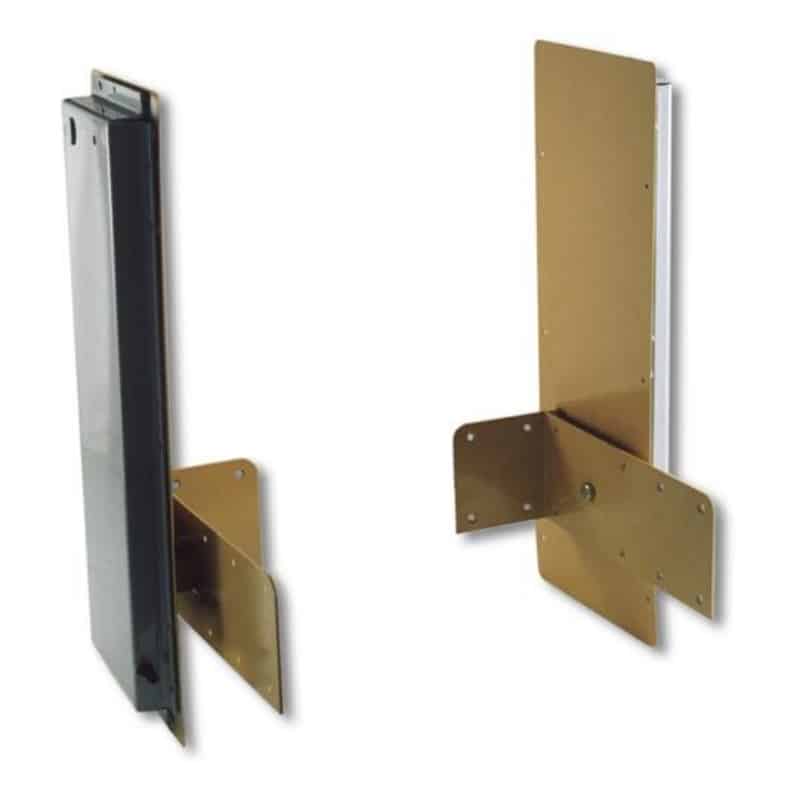 Enhancing Livability: Beyond the Basics
Enhancing Livability: Beyond the Basics
Beyond their primary function as space-saving sleeping solutions, Pullman beds contribute to enhancing the overall livability of a space. By transforming a single room into a multi-functional area. They encourage creativity in interior design, promoting a sense of openness and flexibility. They also facilitate better organization. As the need for separate bedrooms is reduced, freeing up space for other essential functions or leisure activities.
Future Innovations and Sustainability – pullman beds
As technology advances and sustainability becomes a priority, the design of Pullman beds continues to evolve. Materials are being sourced with eco-friendliness in mind, and mechanisms are becoming even more energy-efficient. Smart home integration is another frontier, with Pullman beds that can be controlled via mobile apps or voice commands, further enhancing their convenience and appeal.
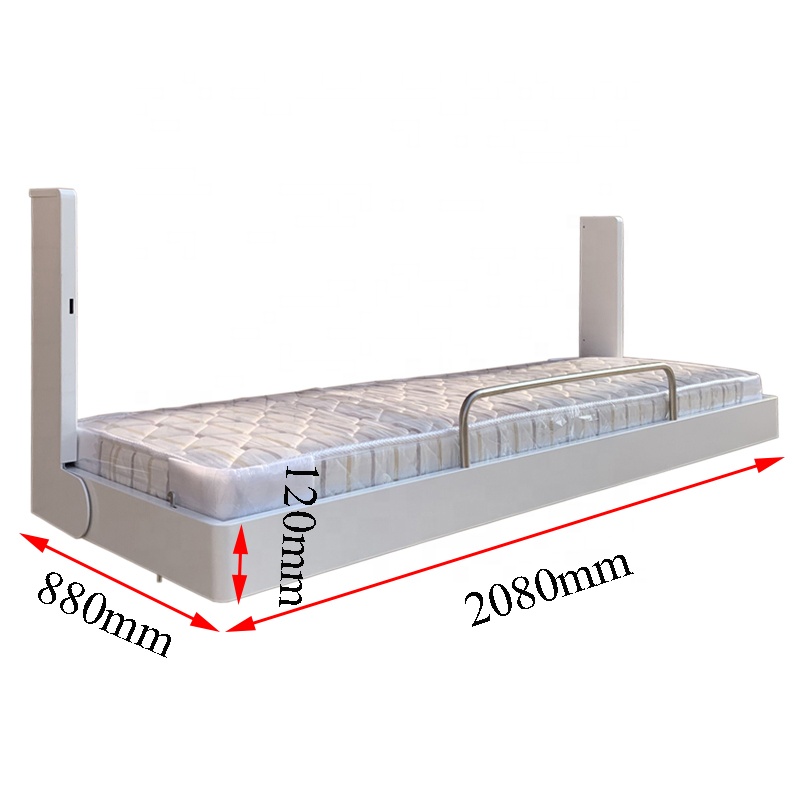
Innovative Applications: Reimagining Spaces
The integration of Pullman beds has sparked a revolution in space utilization across various sectors. In student housing, where shared and limited living spaces are the norm, these beds offer a private sleeping area while maintaining a communal atmosphere during waking hours. Similarly, co-living spaces, a growing trend in urban housing. Employ Pullman beds to create versatile living environments that foster community engagement and personal privacy.
Healthcare facilities also benefit from Pullman bed designs, particularly in patient rooms where space must accommodate medical equipment. Caregiver access, and patient comfort. By day, the bed can be stowed away, providing ample room for therapy sessions. Mobility exercises, or simply to create a less clinical ambiance. This adaptive approach to hospital room design can significantly contribute to patient well-being and recovery.
Sustainable Living and Environmental Impact
With a growing awareness of environmental responsibility, the design and manufacture of Pullman beds increasingly prioritize sustainability. Eco-friendly materials, such as recycled woods, low-VOC finishes, and sustainable fabrics. Are being incorporated to reduce the carbon footprint of each unit. Additionally, the beds’ longevity and ability to transform small spaces into functional living areas encourage a reduction in the need for larger accommodations. Thereby indirectly contributing to lower energy consumption for heating, cooling, and lighting.
History and Design – what are pullman beds
The concept of a Pullman bed arose from the necessity for efficient use of space. Particularly in urban environments where living quarters are often compact. William Murphy, living in a one-room apartment in San Francisco. Invented the bed as a way to optimize space while still enjoying the comfort of a full-sized bed. The original design featured a bed frame that could pivot vertically against the wall. Utilizing a counterbalance mechanism for easy lifting and lowering.
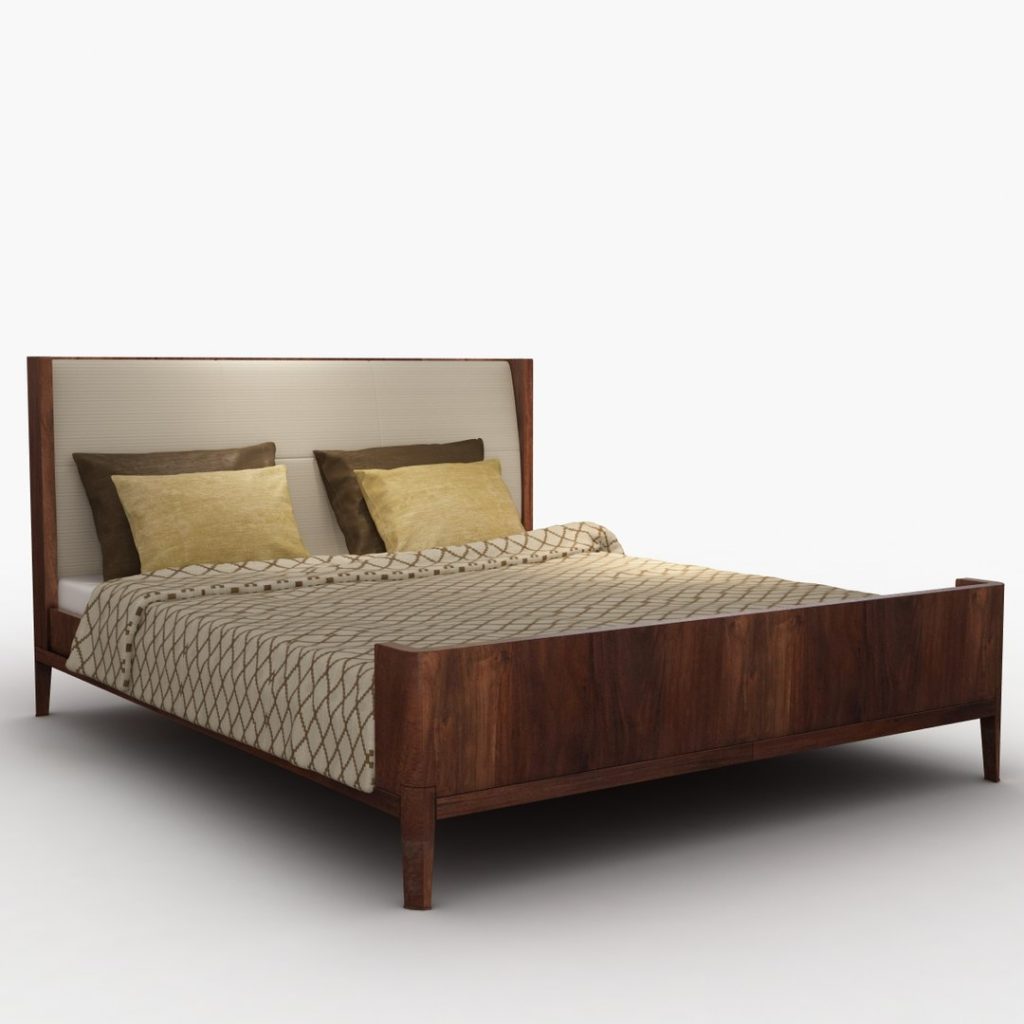 Features and Mechanism – what’s a pullman bed
Features and Mechanism – what’s a pullman bed
Features:
- Foldability: Pullman beds are designed to be easily folded up and stored vertically against a wall. Typically within a cabinet or enclosure. This allows the bed to blend seamlessly into the room’s decor when not in use.
- Space Efficiency: By folding away, Pullman beds free up valuable floor space, making them ideal for small apartments, guest rooms, home offices. Or any area where space optimization is crucial.
- Variety of Designs: Modern Pullman beds come in various designs and sizes, ranging from twin to king size. And often incorporate additional features such as built-in storage compartments or shelving.
Mechanism:
- Spring Mechanism: Many Pullman beds use a spring or piston-based mechanism to assist in lifting and lowering the bed. This ensures smooth operation and minimizes the effort required to fold the bed up or down.
what is pullman bed
Practical Uses:
- Guest Accommodation: Pullman beds are commonly used in guest rooms. Or studio apartments to provide comfortable sleeping arrangements without sacrificing living space.
- Home Office: In home offices, a Pullman bed can transform the space into a dual-purpose room. Allowing it to function as a bedroom when needed without compromising workspace.
- Children’s Rooms: Pullman beds are also popular in children’s rooms. Where they can be used for sleepovers or to accommodate siblings sharing a room.
Benefits:
- Space Optimization: The primary benefit of a Pullman bed is its ability to maximize living space. By folding away vertically, it frees up floor space that would otherwise be occupied by a conventional bed.
Preventative Care
- Use Leather Protector: Apply a leather protector or conditioner with UV protection to guard against sun damage and fading. This helps maintain the sofa’s color and texture over time.
- Avoid Sharp Objects: Keep sharp objects away from the sofa to prevent scratches and cuts. Even small cuts can accumulate dirt and oils, leading to discoloration over time.
- Regular Fluffing and Rotation: If your white leather sofa has removable cushions, rotate and fluff them regularly to ensure even wear and maintain their shape.
Dealing with Tough Stains
- Blood or Urine Stains: Dampen a cloth with cold water and mild soap to blot the stain gently. Avoid using hot water, as it can set the stain. Follow with a clean, damp cloth to rinse and dry thoroughly.
- Mold or Mildew: If you notice mold or mildew on your white leather sofa, mix equal parts water and white vinegar. Dampen a cloth with the solution and gently wipe the affected area. Dry with a clean cloth immediately.
- Chewing Gum: To remove chewing gum stuck on the leather, place a plastic bag filled with ice cubes over the gum until it hardens. Carefully scrape off the gum with a plastic spatula, being gentle to avoid scratching the leather.
Regular Maintenance Tips
- Use Soft Brushes: When cleaning seams and crevices, use a soft-bristled brush to gently remove dirt and dust buildup. Avoid using abrasive brushes or sponges that can scratch the leather.
- Test in Hidden Areas: Before using any cleaning product or method, test it in a small, inconspicuous area of the sofa to ensure it doesn’t cause damage or discoloration.
- Professional Inspection: Consider having your white leather sofa professionally inspected annually. Leather experts can identify any potential issues early and recommend appropriate maintenance.
Handling Aging Leather
- Restoring Dry Leather: If your white leather sofa starts to feel dry or stiff, apply a small amount of leather conditioner using a soft cloth. Allow it to absorb overnight and buff gently the next day to restore suppleness.
- Fading Prevention: If you notice signs of fading, consider using leather dye or color restorer specifically formulated for white leather. Follow the manufacturer’s instructions carefully for best results.
Environmental Considerations
- Humidity Control: Maintain consistent humidity levels in your home to prevent leather from drying out or becoming too moist, which can lead to mold growth.
- Air Circulation: Ensure adequate ventilation around your white leather sofa to prevent musty odors and moisture buildup.
Conclusion: A Timeless Innovation for Modern Living
From its roots in luxurious rail travel to its present-day applications in homes and commercial spaces worldwide. The Pullman bed stands as a timeless innovation. It symbolizes the harmonious blend of style, practicality, and adaptability, making it a cornerstone of modern, space-savvy design. As urban populations continue to grow and living spaces shrink, the demand for smart solutions like the Pullman bed will only increase. Ensuring its legacy as a pivotal element in enhancing livability for generations to come.
